Rare Rides: The 1990 Audi V8 Quattro, First Time Full-size Failure

In our last Rare Rides, we discussed how the W126 S-Class established the model as a default for the large German sedan shopper. I also referenced the failed attempt at S-Class competition which was the Audi V8 Quattro.
So today let’s expound upon that failure a bit.
Prior to the V8 Quattro, Audi had built sporty small four-wheel drive cars, and luxurious midsize cars with front- and four-wheel drive versions, but never a full-size car. That changed in the fall of 1988 when the company started production of its new flagship.
Aside from its size, the V8 Quattro carried a couple of other firsts for the brand. It was the very first time any Audi used a V8 engine and predicting the future of the brand a couple of decades later, it was the first Audi to combine Quattro all-wheel drive with an automatic transmission. Imagine Audi’s crossover sales in 2020 if all-wheel drive required a manual. Laughable!
Audi did not create an all-new platform for their new large car, but rather stretched one from the 100/5000 instead. The resulting larger chassis was called the D1, and Audi layered on technology and features for its first-ever full-sizer. The body was galvanized steel and carried a 10-year corrosion perforation warranty. There were two all-new engines to power the V8 Quattro, in 3.6- and 4.2-liter displacements. Earlier examples from 1988 through the model’s discontinuation in November 1993 offered the 3.6 (247hp), while the 4.2 (276hp) was only available from late 1991 onward. The automatic transmission on offer was a ZF-built four-speed, while the manual transmission depended on engine selection. Cars with the 3.6 offered a five-speed manual, but the 4.2 offered a six-speed. It’s worth remembering that outside North America, a V8 engine was not usually standard equipment for a large luxury sedan. Buyers would normally opt for the V8 over many smaller 6 cylinder gasoline and diesel engines, and pay a hefty premium.
Standard equipment on the V8 Quattro included many niceties for which other manufacturers of the day charged extra. Climate control, cruise control, central locking, tinted glass, Bose stereo, car phone, halogen lamps, and walnut trim to name a few. But its most notable feature was the Quattro system. It was the only full-size luxury sedan on sale with all-wheel drive.
Not that it mattered to most consumers, who sought rear-drive for their large luxury cars circa 1990. The V8 Quattro could not compete with established German players like the 7 Series and S-Class, even with its novel method of power distribution. The unsuccessful V8 Quattro was discontinued at the end of 1993, as in 1994 the D2 A8 was ready as Audi’s second full-size salvo. It did much more respectably and was more in line with its competition than the debut version (and had six-cylinder engines for Europe). North America had no large Audi again until 1997 when the A8 was finally delivered.
Today’s Rare Ride was sold on Bring-A-Trailer back in 2016, as I couldn’t find a remotely decent example for sale today. Nagging reliability and a probable lack of parts availability took most V8 Quattros off the road long ago. In pearl white (the correct color) over black, this one sold for $3,000 in excellent condition.
[Images: seller]

Interested in lots of cars and their various historical contexts. Started writing articles for TTAC in late 2016, when my first posts were QOTDs. From there I started a few new series like Rare Rides, Buy/Drive/Burn, Abandoned History, and most recently Rare Rides Icons. Operating from a home base in Cincinnati, Ohio, a relative auto journalist dead zone. Many of my articles are prompted by something I'll see on social media that sparks my interest and causes me to research. Finding articles and information from the early days of the internet and beyond that covers the little details lost to time: trim packages, color and wheel choices, interior fabrics. Beyond those, I'm fascinated by automotive industry experiments, both failures and successes. Lately I've taken an interest in AI, and generating "what if" type images for car models long dead. Reincarnating a modern Toyota Paseo, Lincoln Mark IX, or Isuzu Trooper through a text prompt is fun. Fun to post them on Twitter too, and watch people overreact. To that end, the social media I use most is Twitter, @CoreyLewis86. I also contribute pieces for Forbes Wheels and Forbes Home.
More by Corey Lewis
Latest Car Reviews
Read moreLatest Product Reviews
Read moreRecent Comments
- EBFlex Remember this is an area of the market with what we’re told is insatiable demand that current production cannot meet. Yet Tesla, the only real EV player in North America is laying people off. This is bad news bears for the EV market. Maybe the government can make demand even more artificially inflated to correct this major problem
- Kwik_Shift_Pro4X "That's a shame." ---- J. Seinfeld
- Master Baiter Cells capable of accepting fast charge have been available for years in power tools. You sacrifice energy density in cell designs of that type.
- Kjhkjlhkjhkljh kljhjkhjklhkjh Just looking at the PLUMETING cost of used tesla's (28k for a 3P ex) I contest the ''gubberment'' argument. If anything the gubberment is his BEST AND ONLY ALLY because with the increasing emissions regulation a cheap tesla is a hell of a buy.but as previously stated .. were in a saturated market for EV's right now.
- SCE to AUX This must have been a very interesting event.Of course, 'sustainability' may come with a price tag.


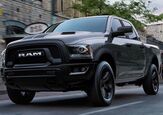


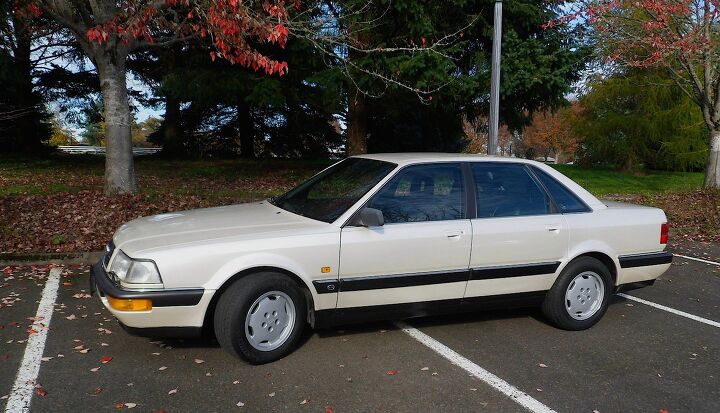


















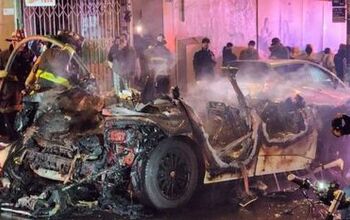
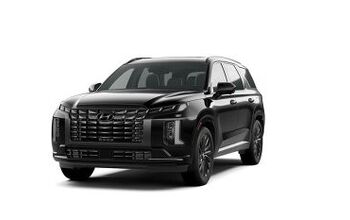
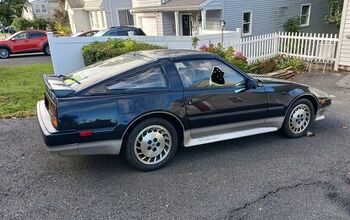
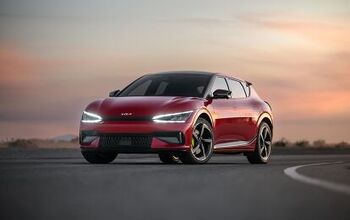
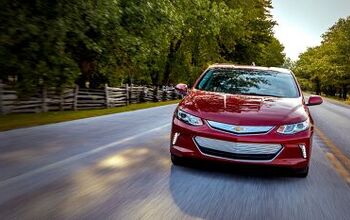

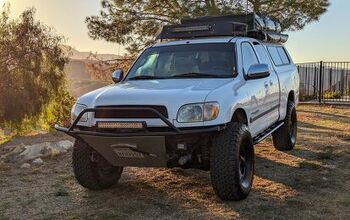
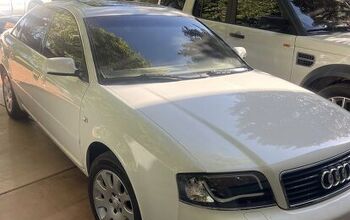

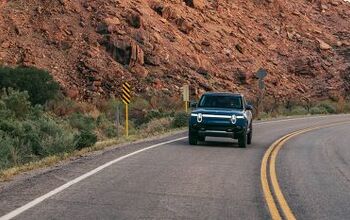
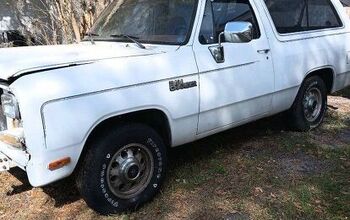
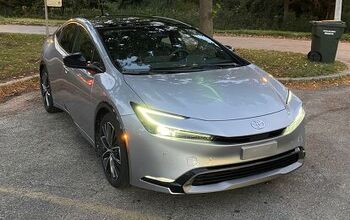
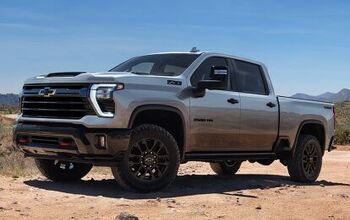
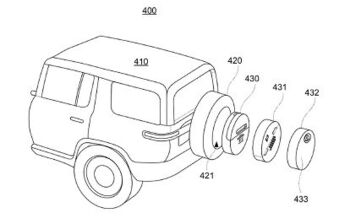

Comments
Join the conversation
Back in the day this was on my list of dream cars. I am old enough to remember the introduction of this car into the market well. It was a novelty for Audi at the time. It certainly looked good at the time, at least to me. This is because when I was growing up your typical Audi was an underpowered and slow but relatively well-made lower to mid-middle class car which would rust after maybe five or seven years. And the much praised Quattro system was not available on most Audis, only on a select few chosen high-end trim models, which weren’t sales successes. The Quattro breakthrough only occurred with the C3 Audi 100/200 (known as 5000 in North America) and the Audi Quattro Coupe. But the car flopped because Audi’s image was not yet up to par with BMW and Mercedes-Benz and despite the perceived value-for-money, those who could afford such a car gladly paid a little more to get a BMW 7er or Mercedes-Benz S-Klasse (which later were also available with V12 engines). Also, at the time of introduction, sales of manual transmissions in the BMW 7er and S-Klasse from Mercedes-Benz were on a massive decline anyways, so this car might have gotten the interest of a sporty driver who valued doing their own shifting and was not opposed to AWD. In my neighborhood in Munich there is actually an Audi V8 Quattro, a gray model with dents all over and clouded headlights. It sporadically changes parking positions indicating that it gets used from time to time. I have never seen the owner(s) but this car cannot be used as cheap transportation considering the outrageous rip-off fuel prices we have to pay here.
At the time though, a typical American V8 put out about the same power as a European 4 cylinder and burned a lot more fuel to do it. Looking at the Town Car for example, a European would have been astonished that a 5.0 V8 only put out 150 hp. Staying with Ford, the European Sierra had a 2.0 that put out 125 hp, and the 2.0 turbo was 225 hp. Ford knew how to make small, powerful, fuel efficient engines in Europe, why didn't they do that in North America?